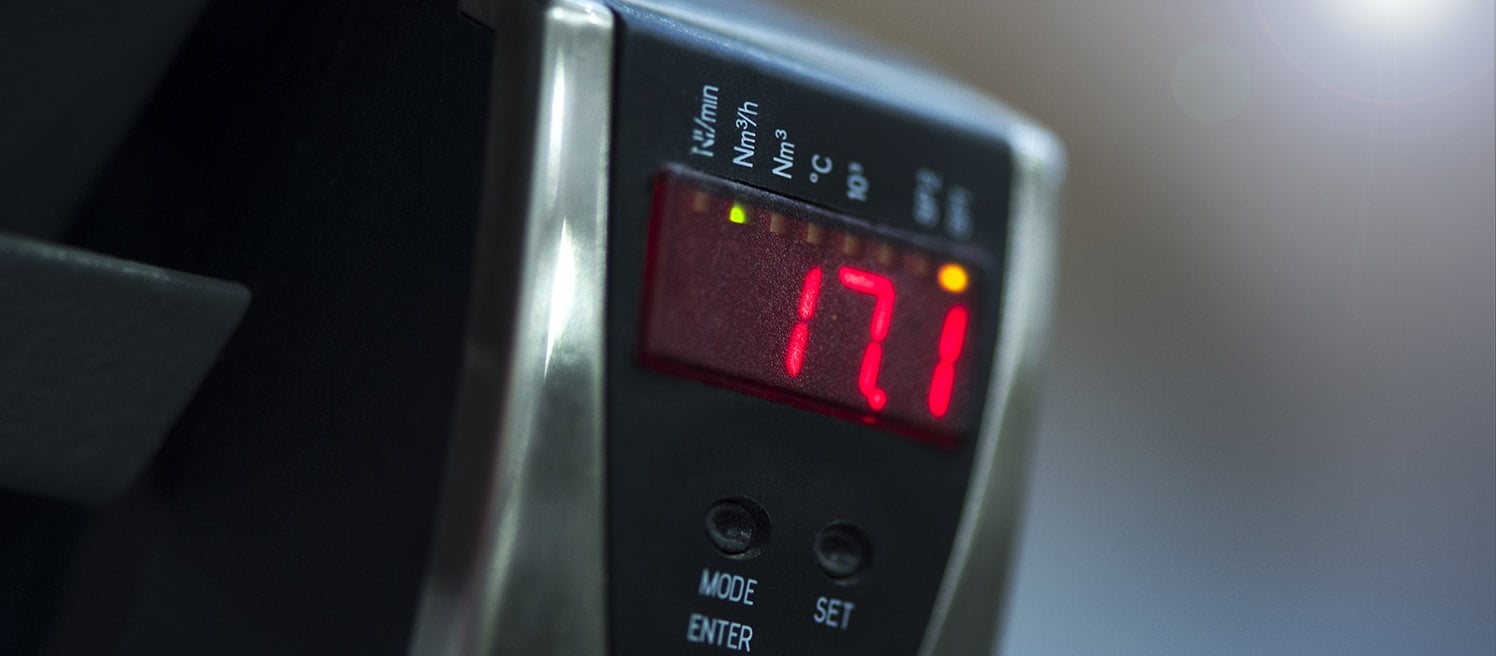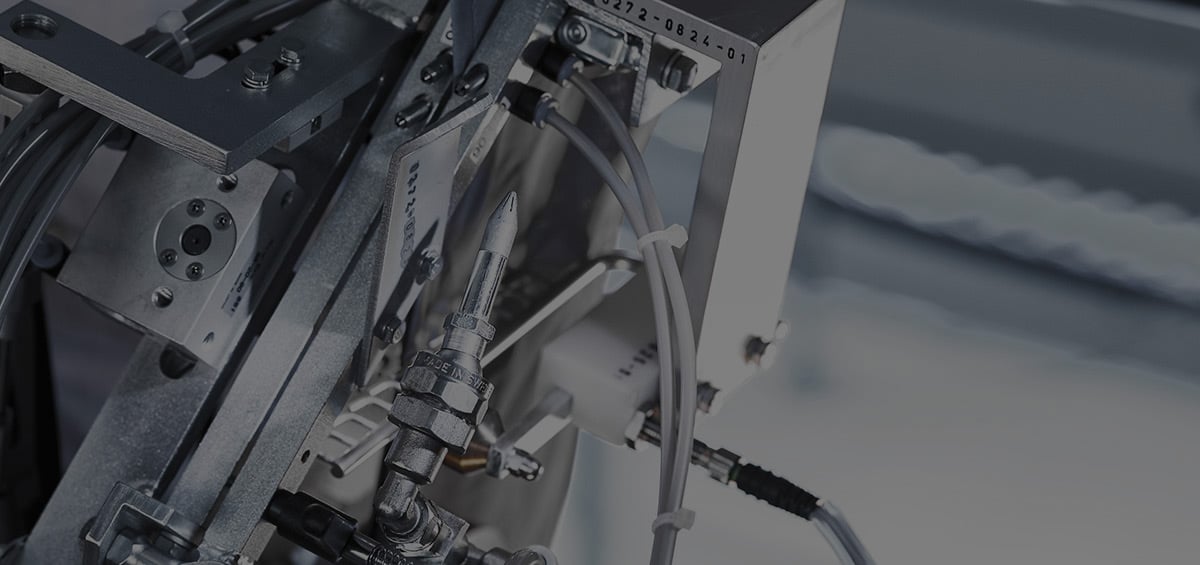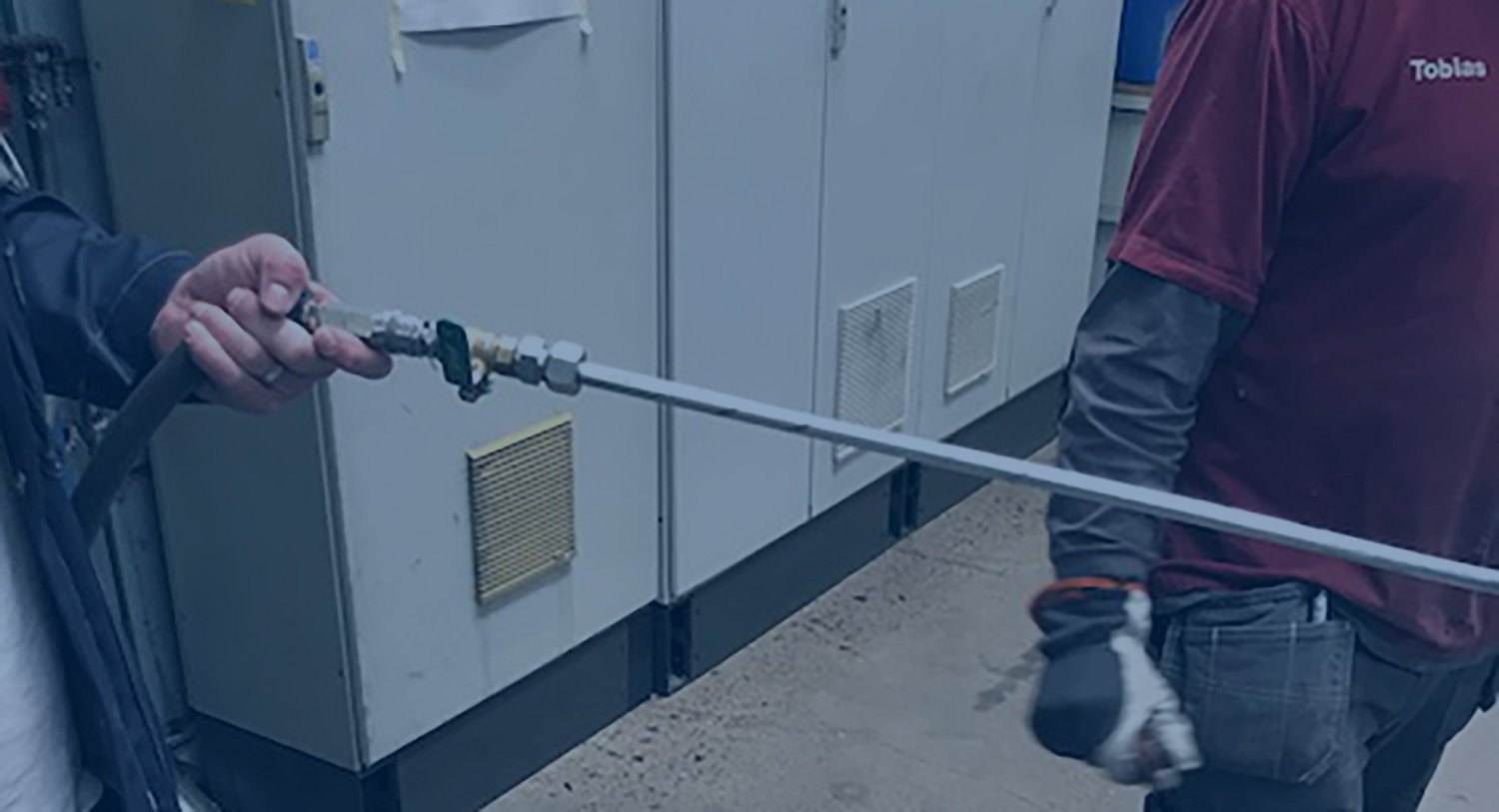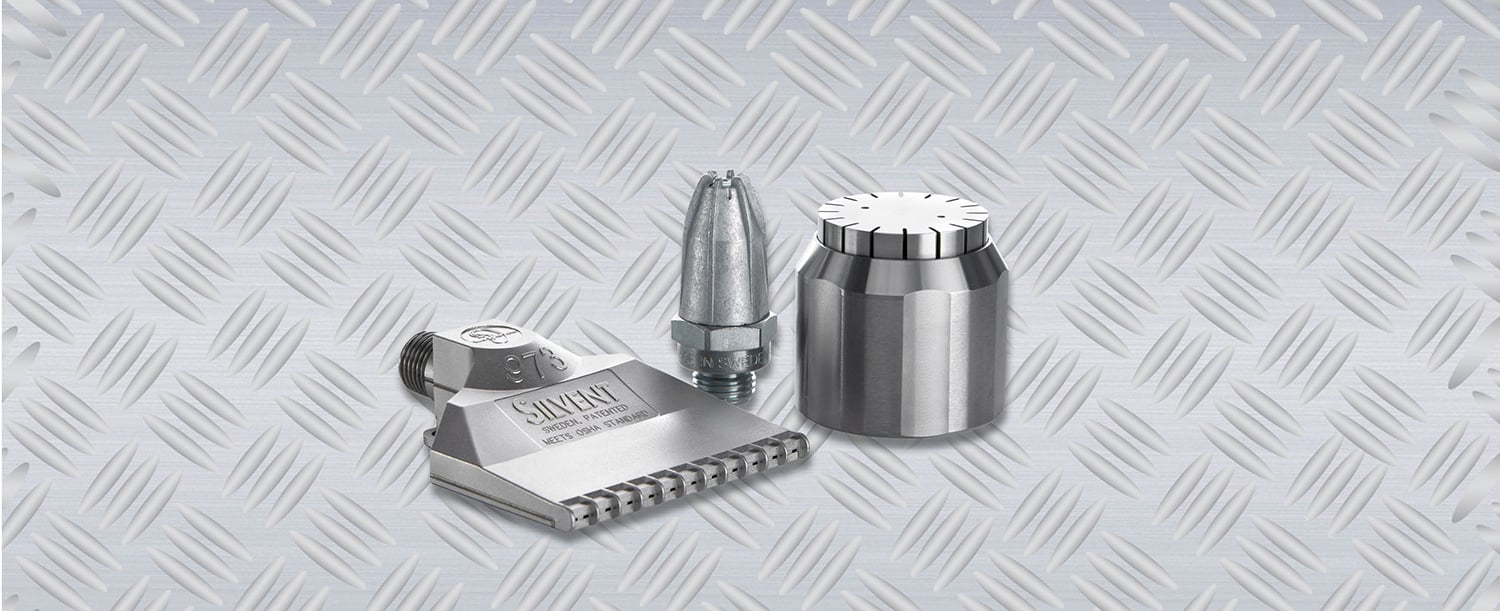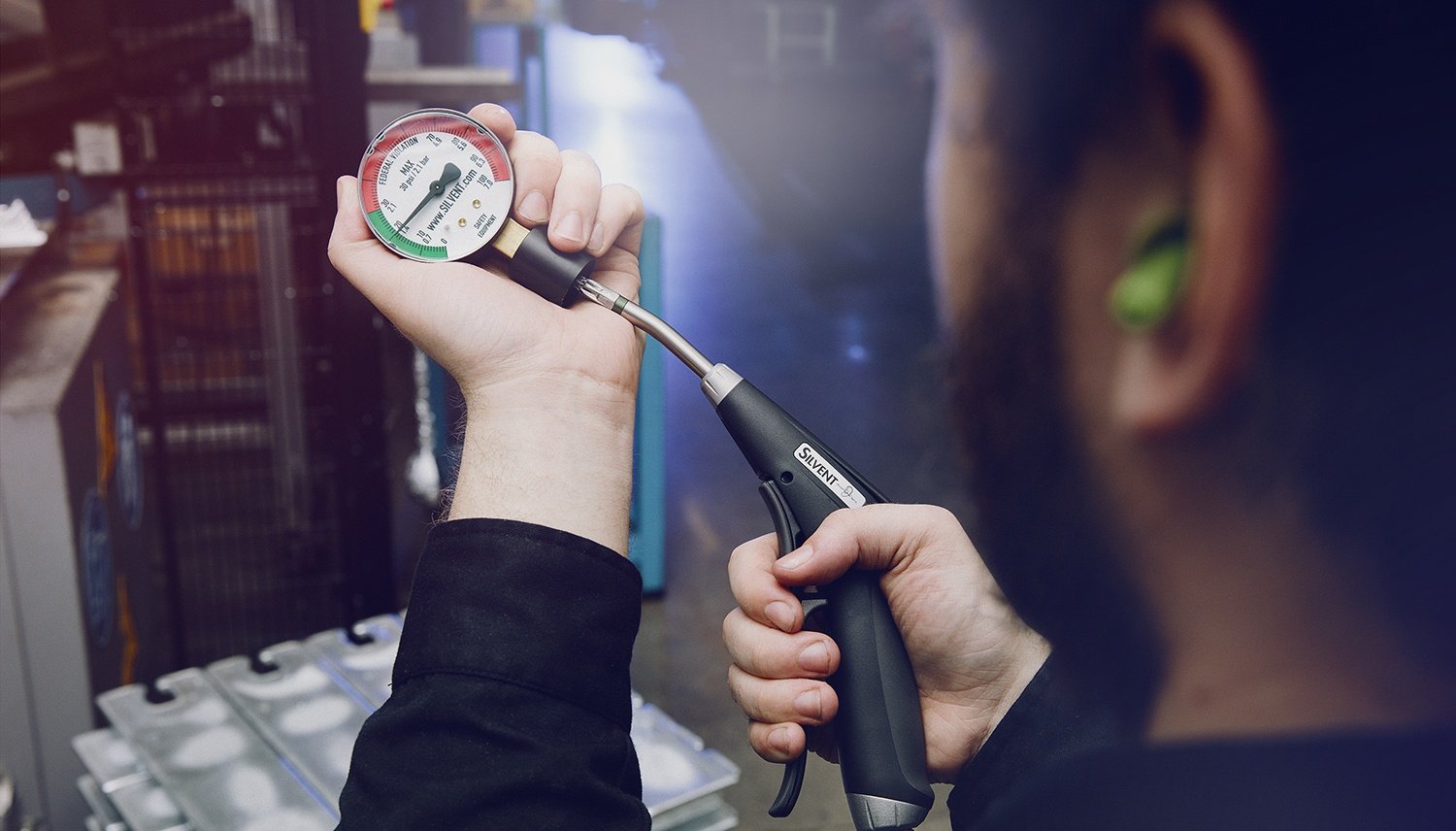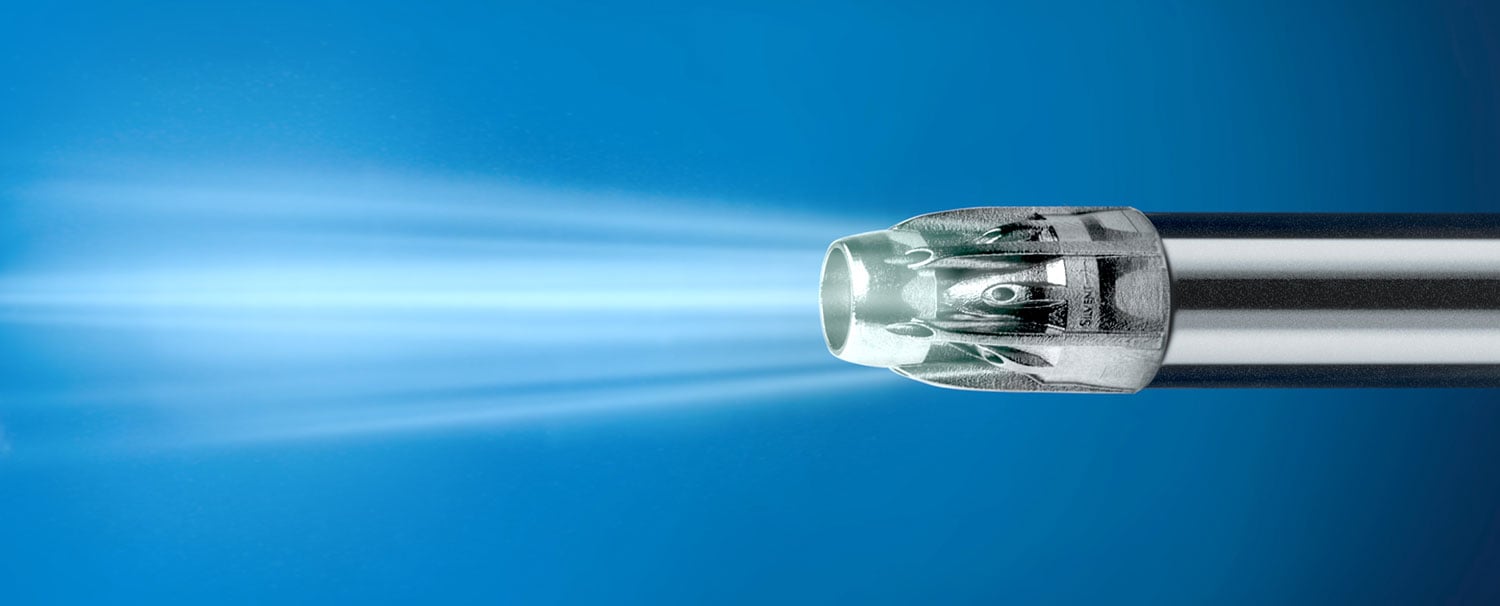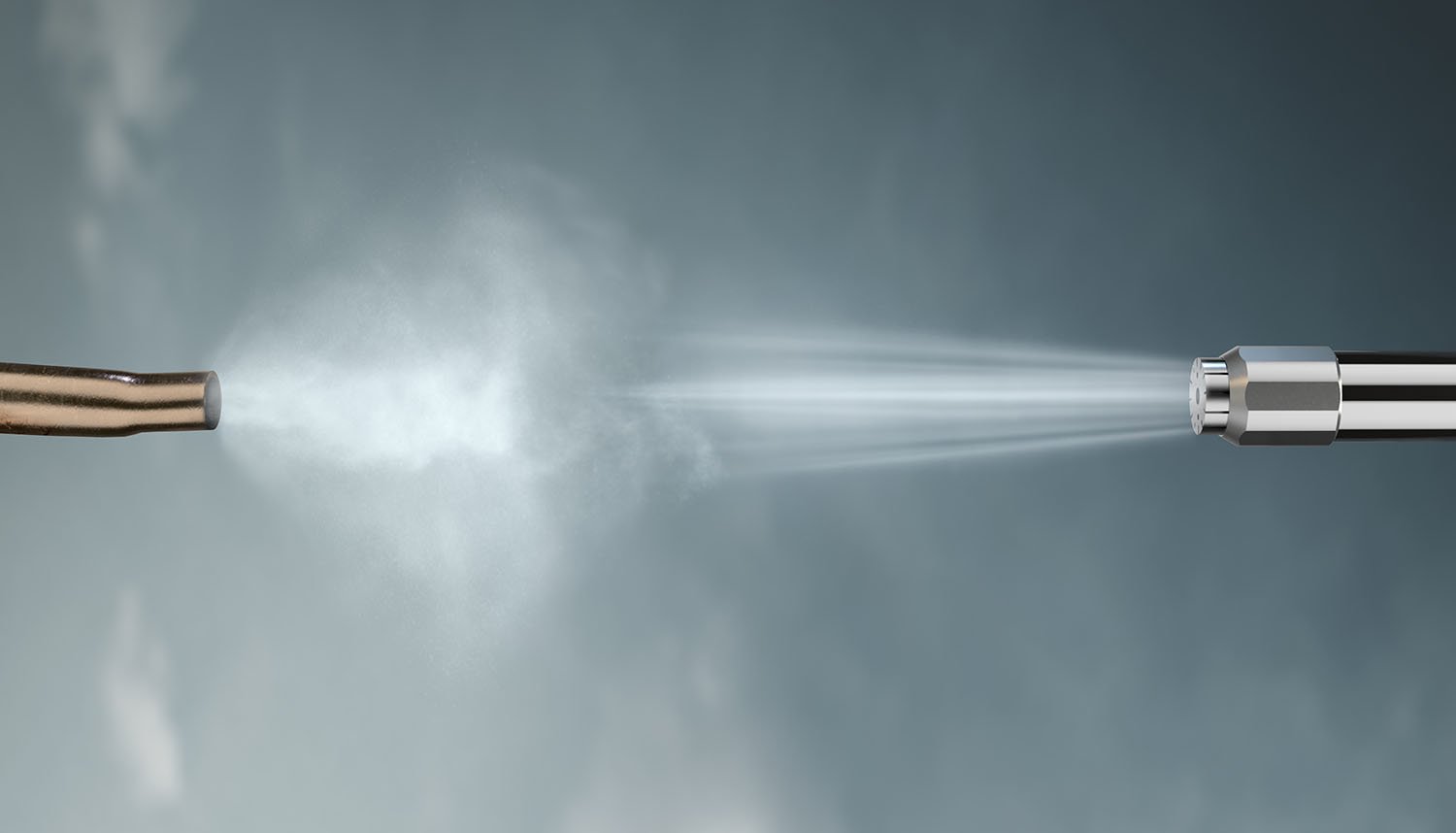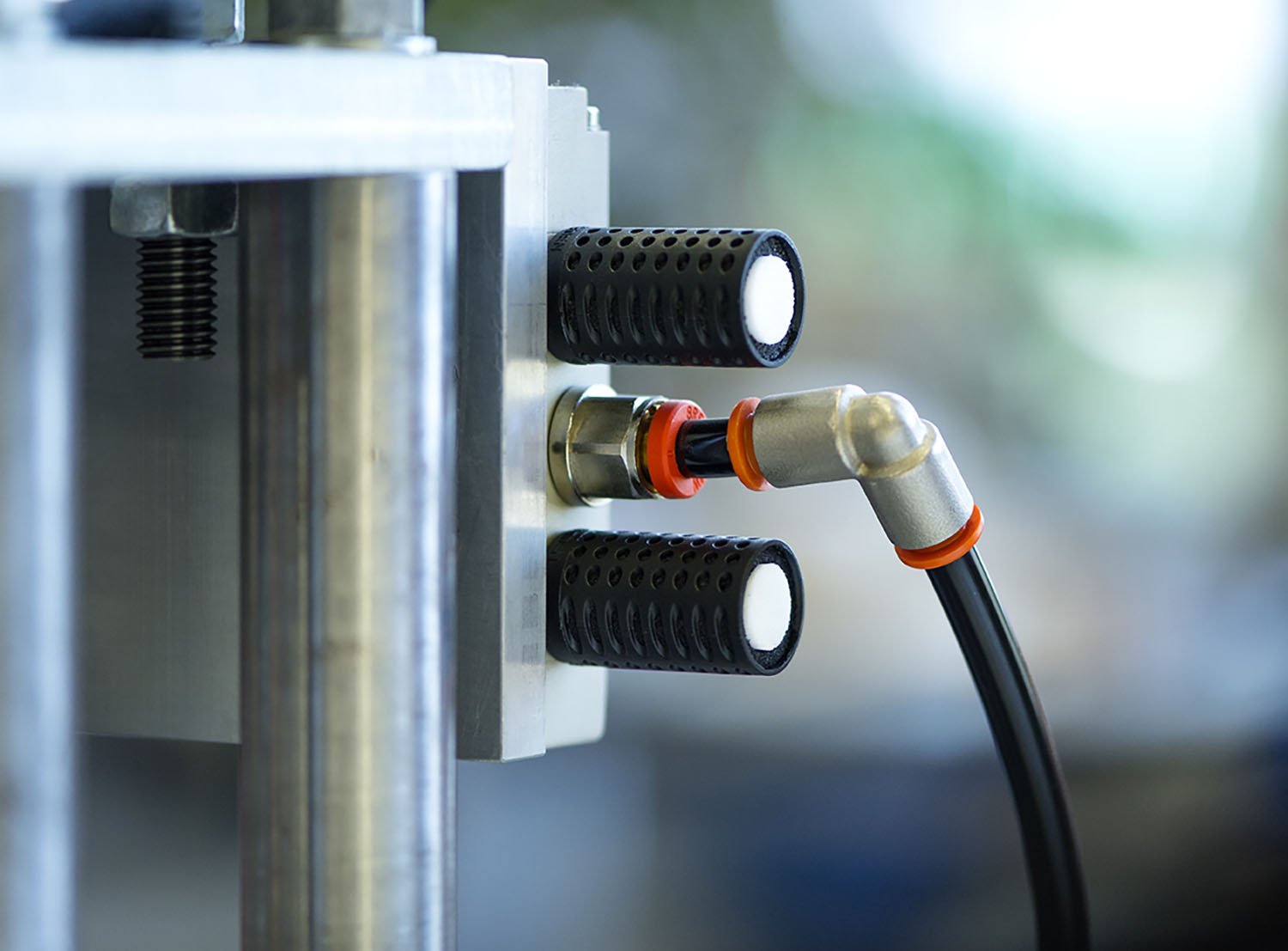Flow measurements are not just for those who are curious about how much compressed air they use. Flow measurements can give good indications if something in the production is not working as it should. Regardless if the consumption increases or decreases, it is an indication that something in the system has changed and probably demands an adjustment. This can for example depend on pressure drops or leakage.
What is a flow measurement?
A flow measurement is a flow rate, or a volume, of a gas or liquid that passes through a pipe in a unit of time. It is common to measure in liters per minute (l/min), actual cubic meters per hour (acm/h), or standard cubic feet per minute (scfm).
Two important things to think about when measuring flow – to get the best results possible:
- The measuring tool should be installed as close to the application (or the measuring area) as possible.
- Use the correct type of measuring tool. This depends on the flow and the dimension of the pipe. Contact an expert to be sure that you are using the correct tool.
When you know how much compressed air you actually use, it is easy to calculate the cost of compressed air. The next step is to learn how to calculate the cost of compressed air and your operating costs.








